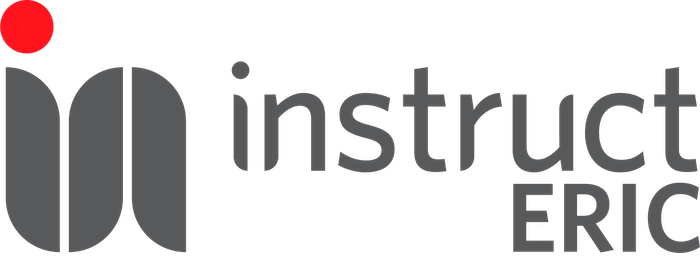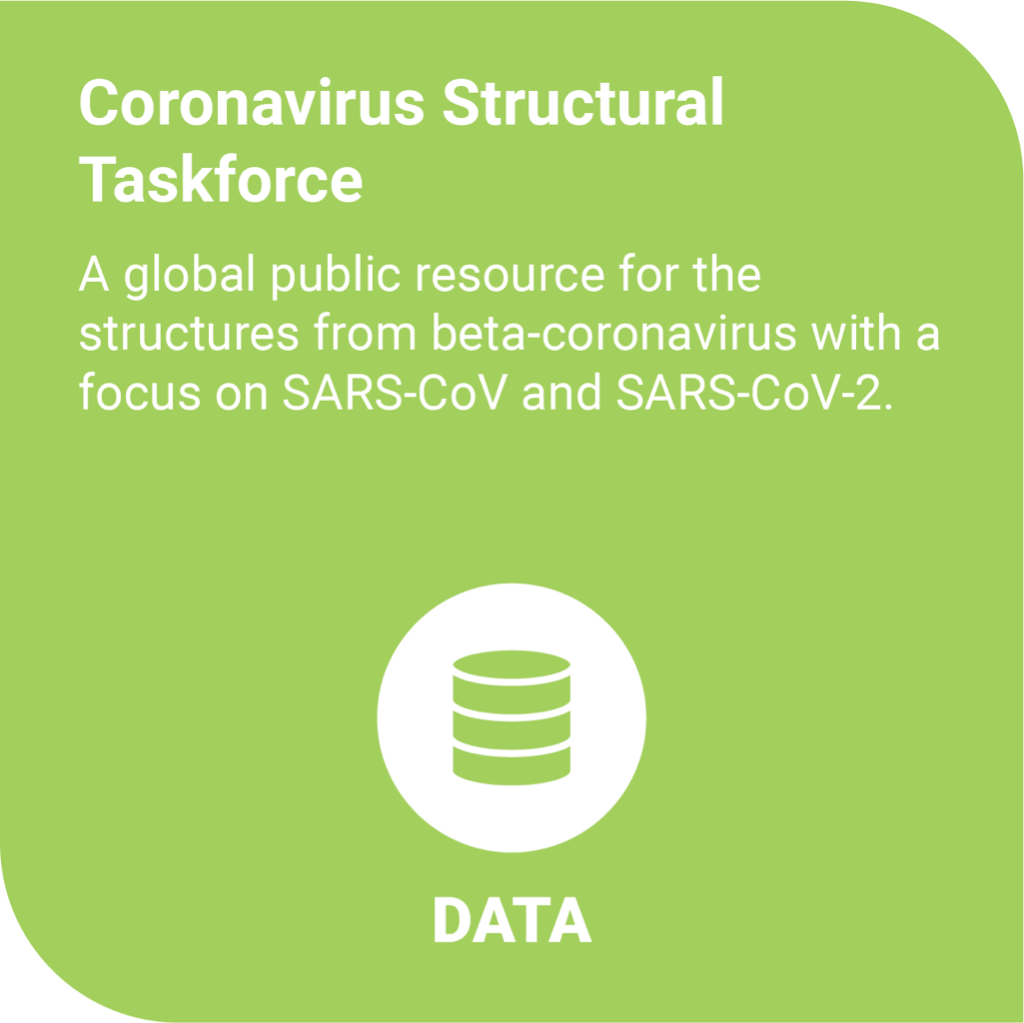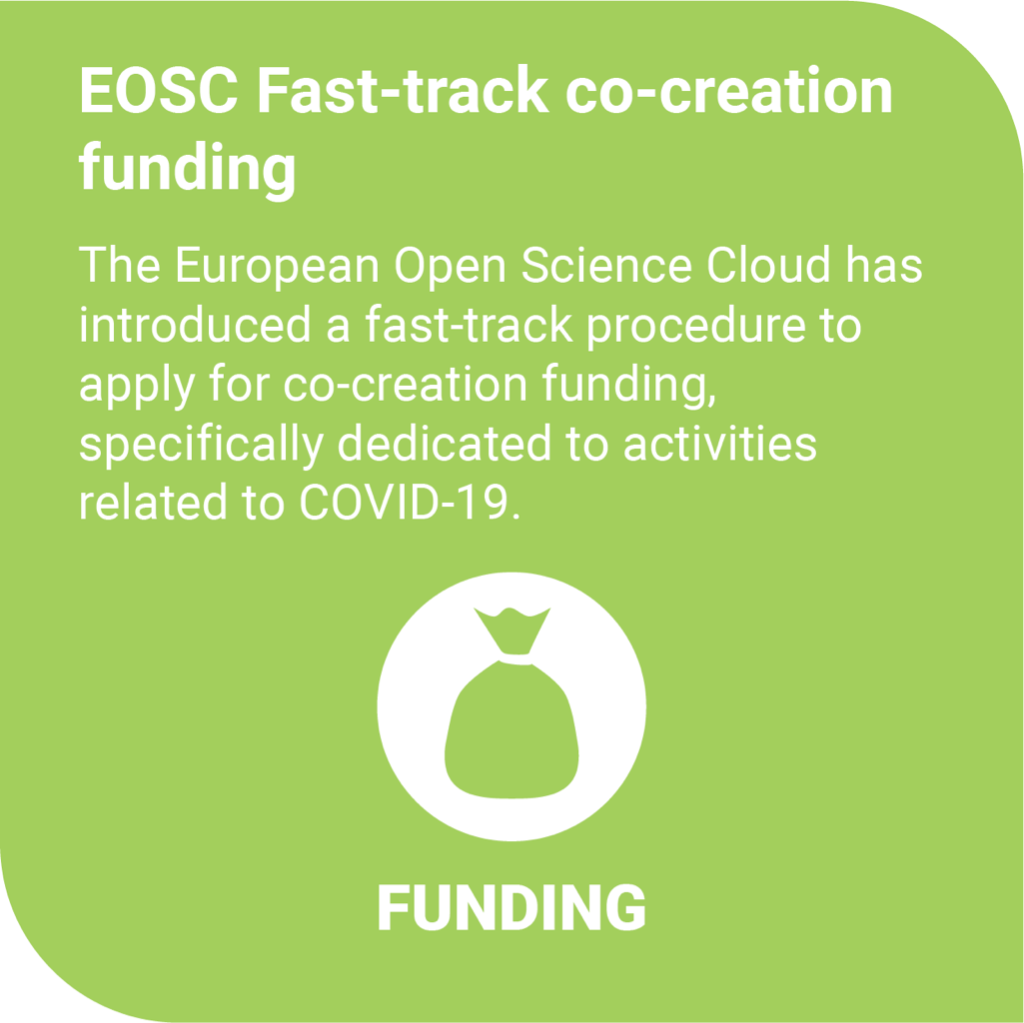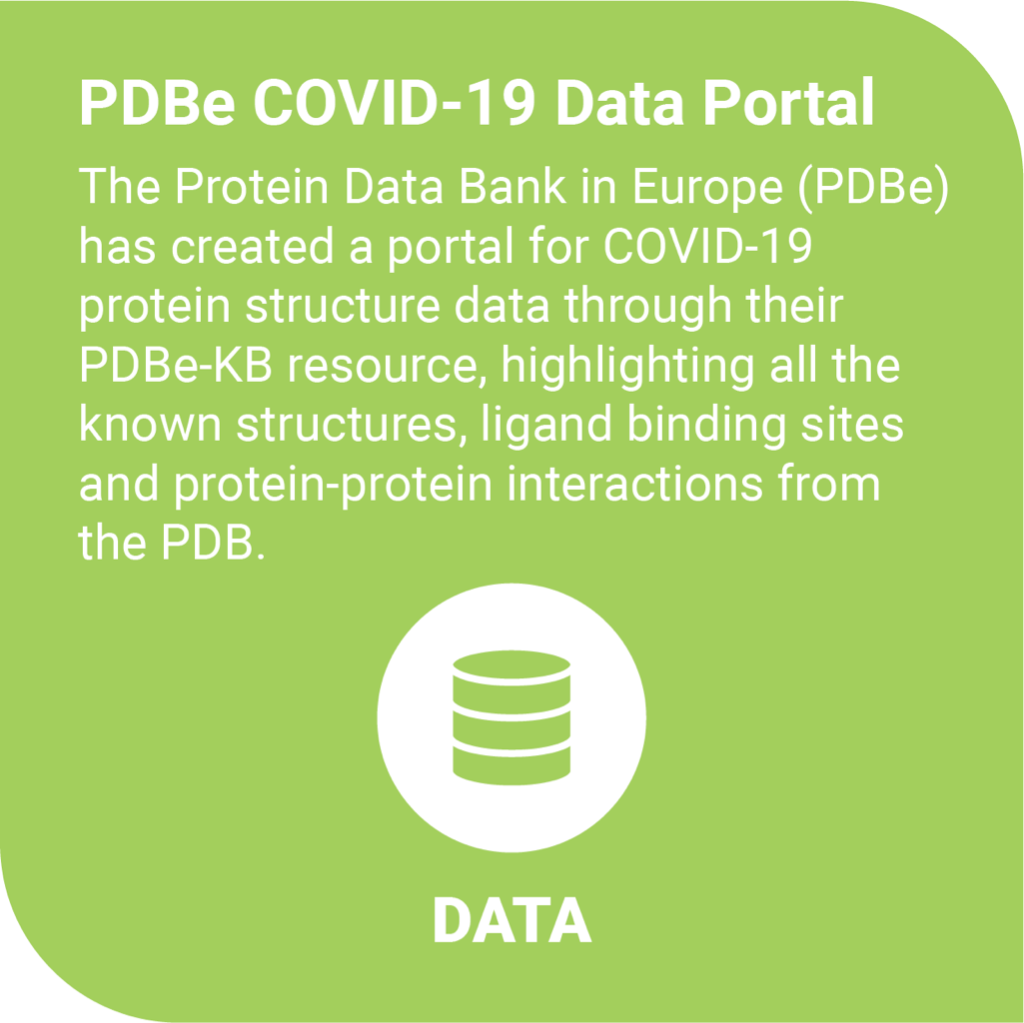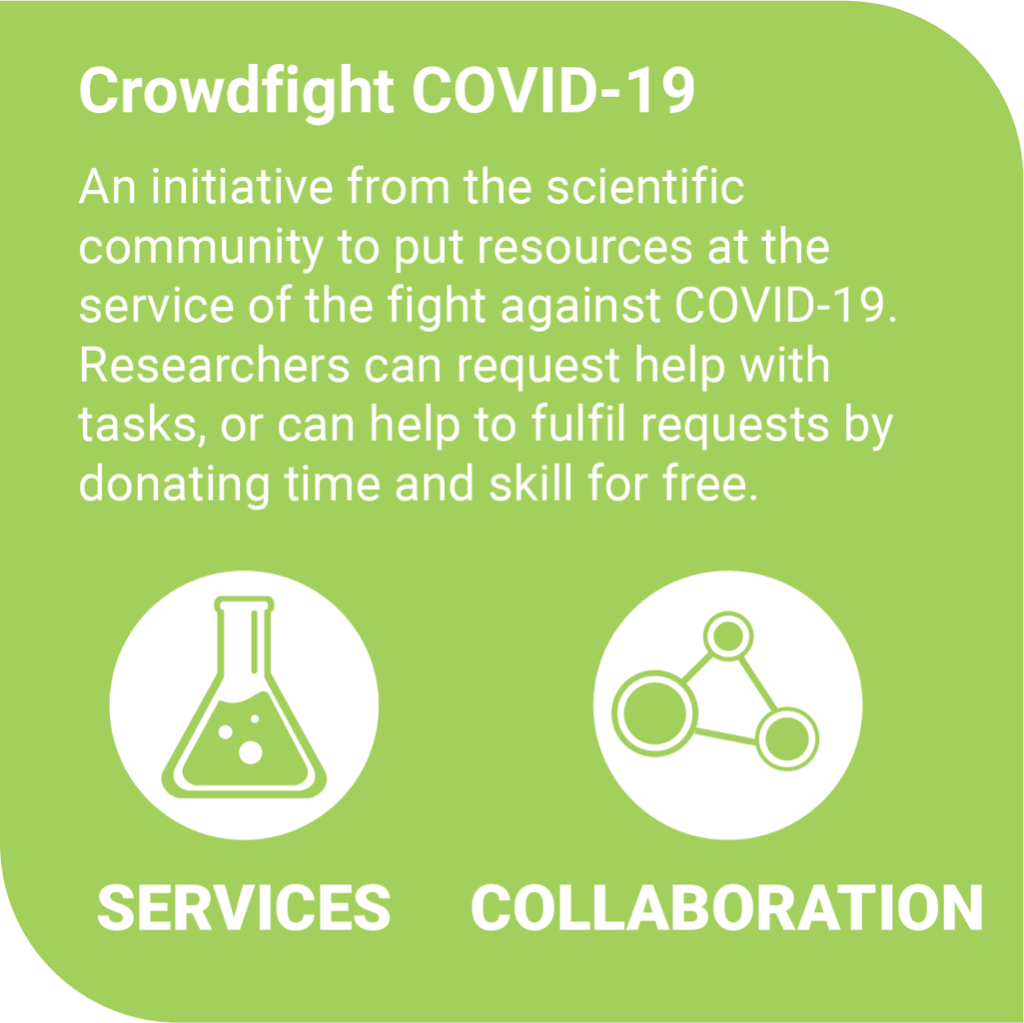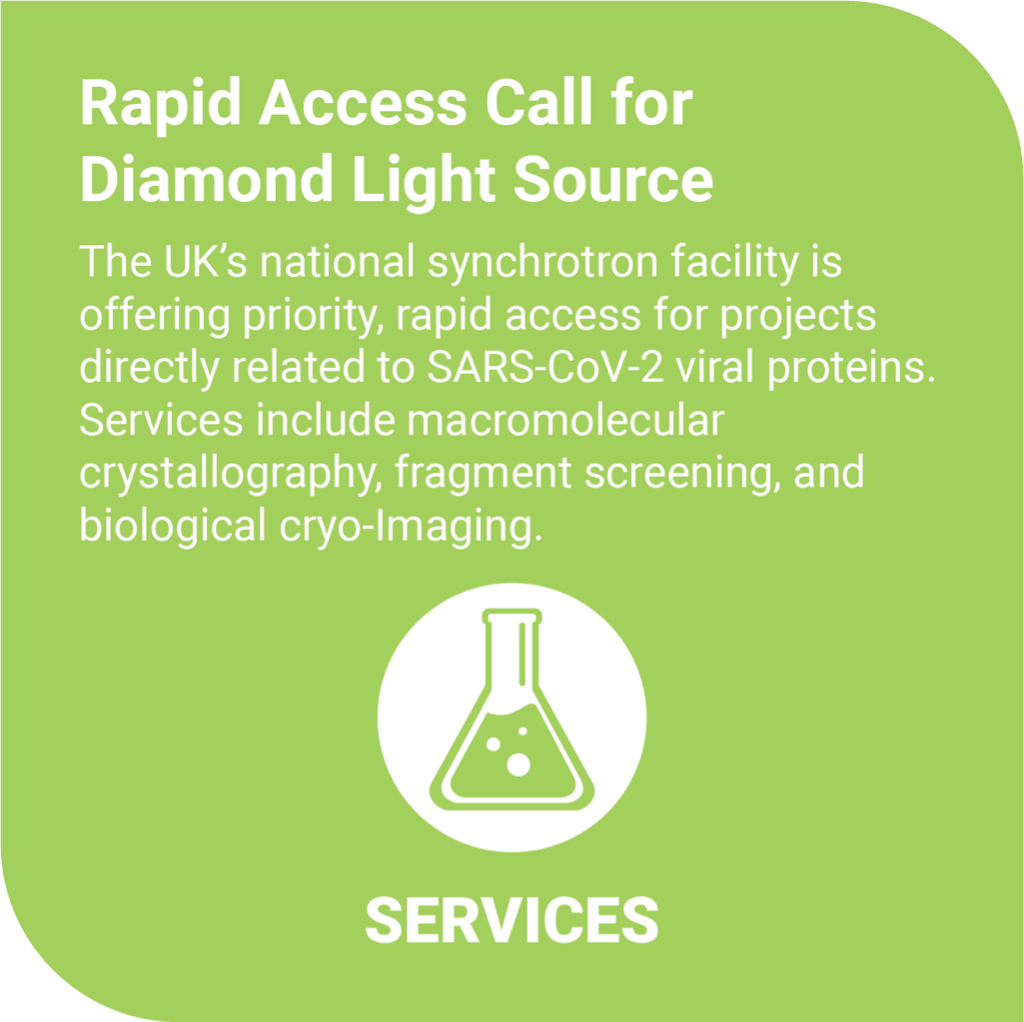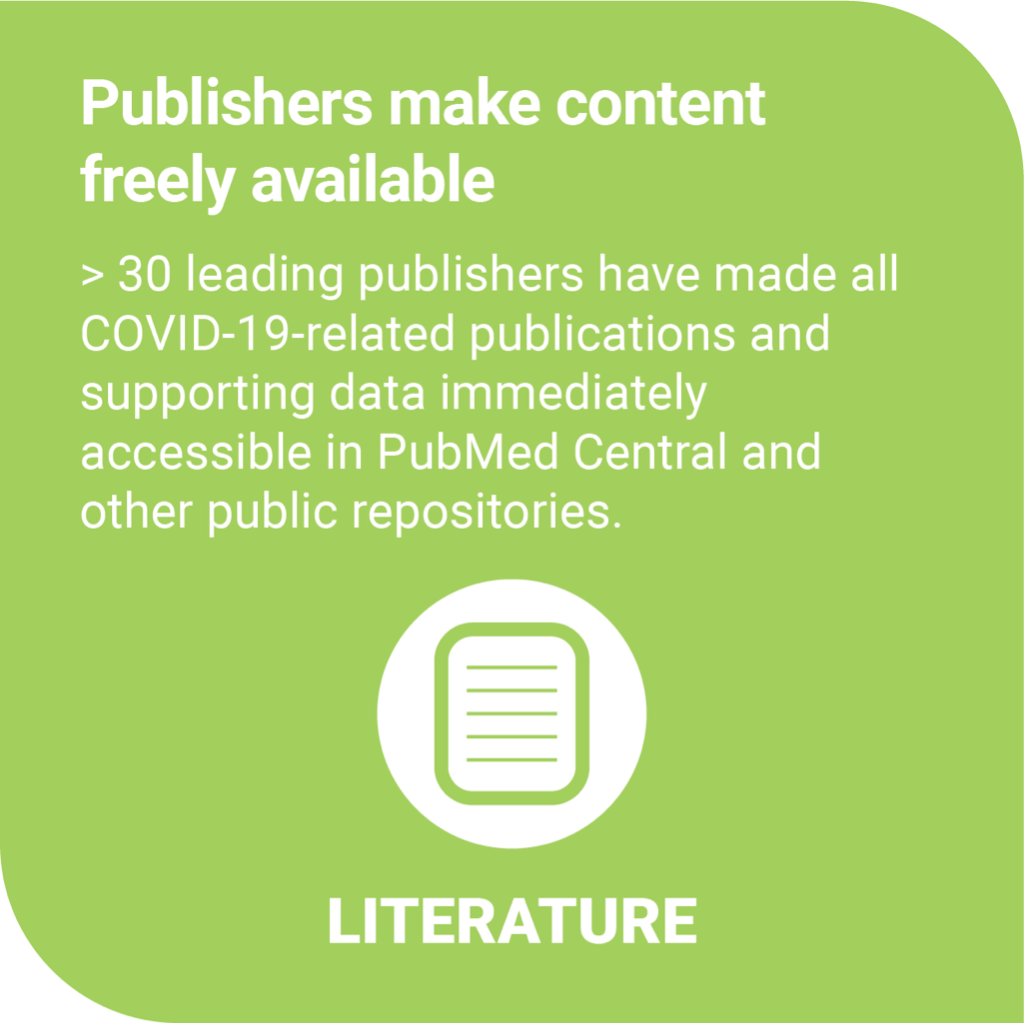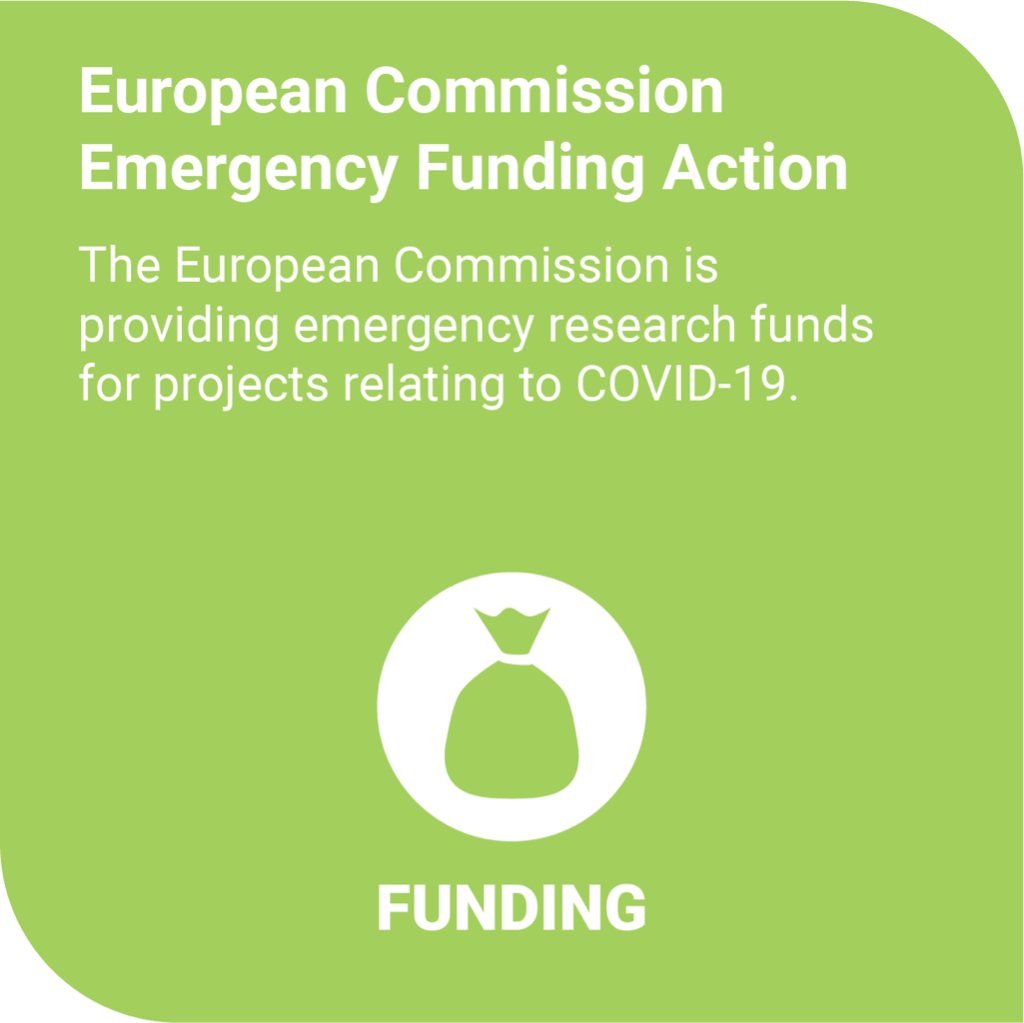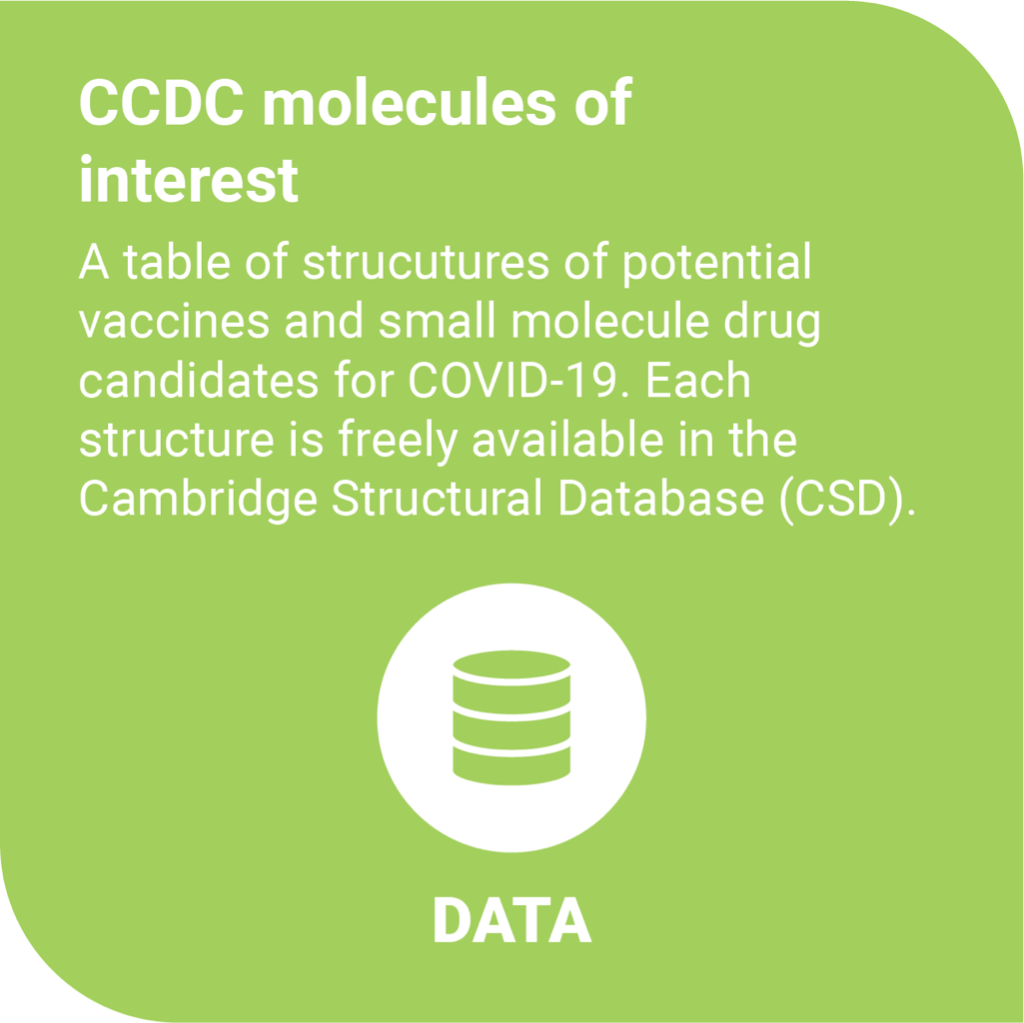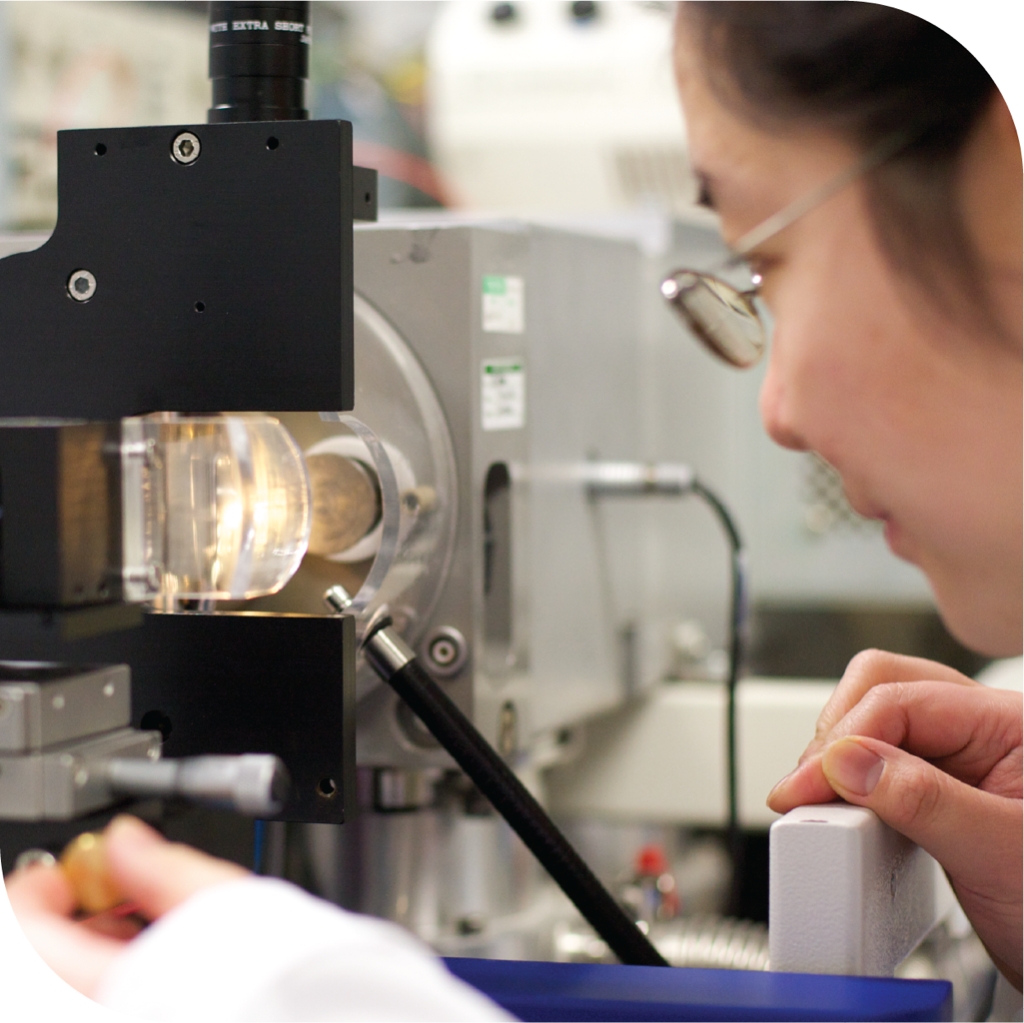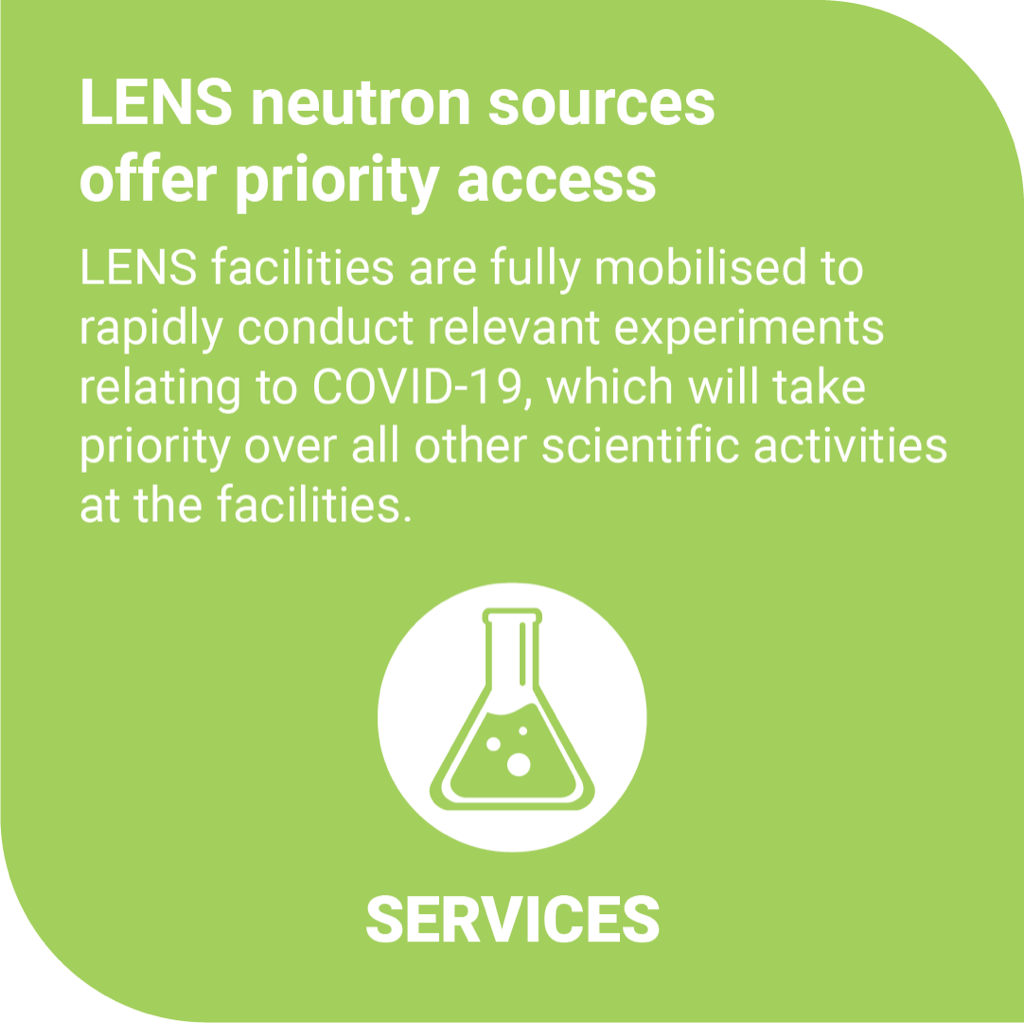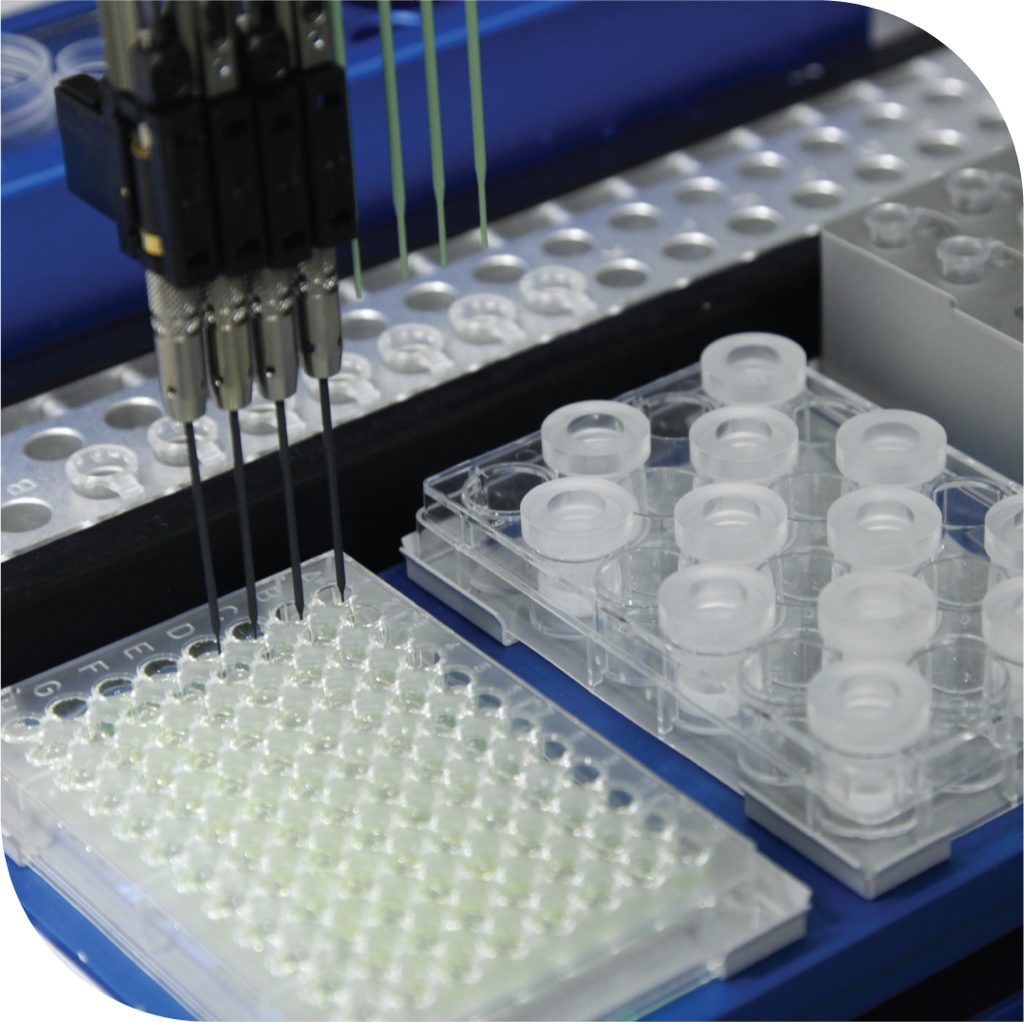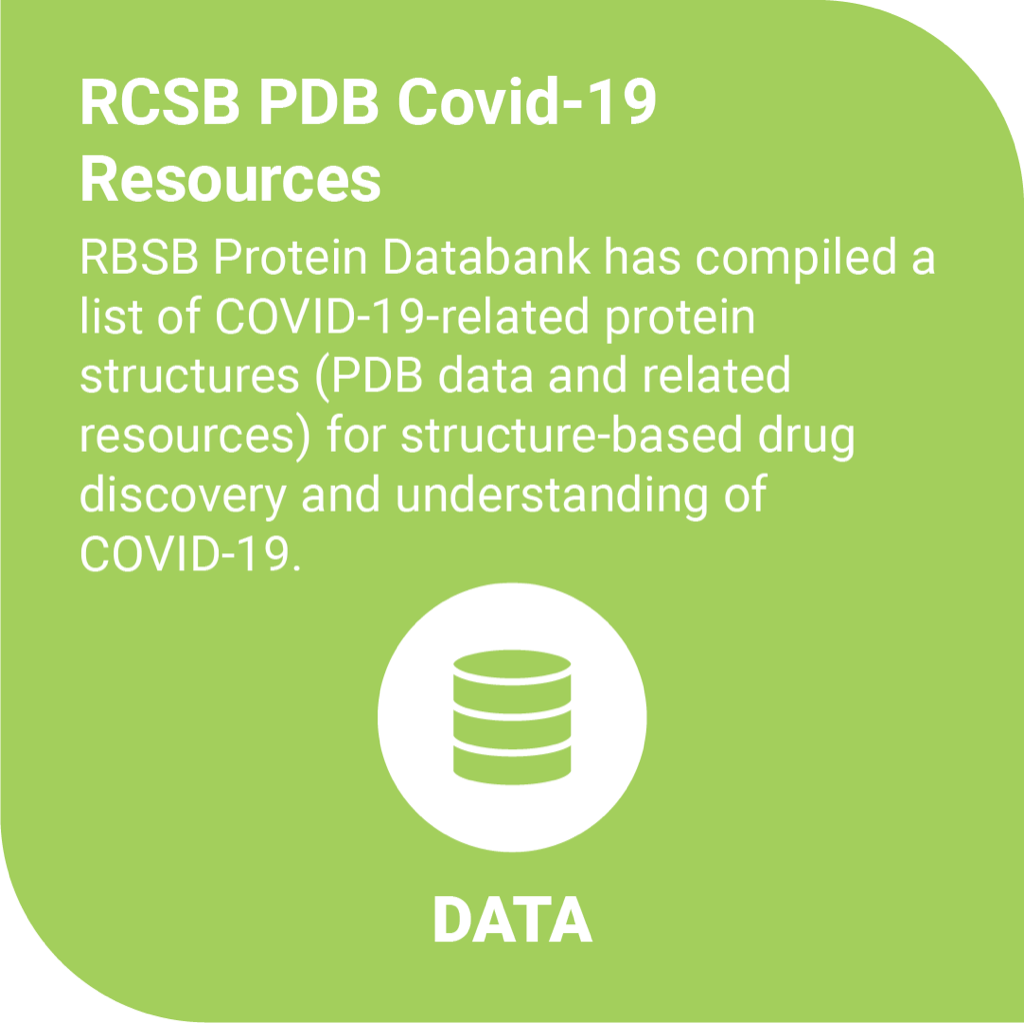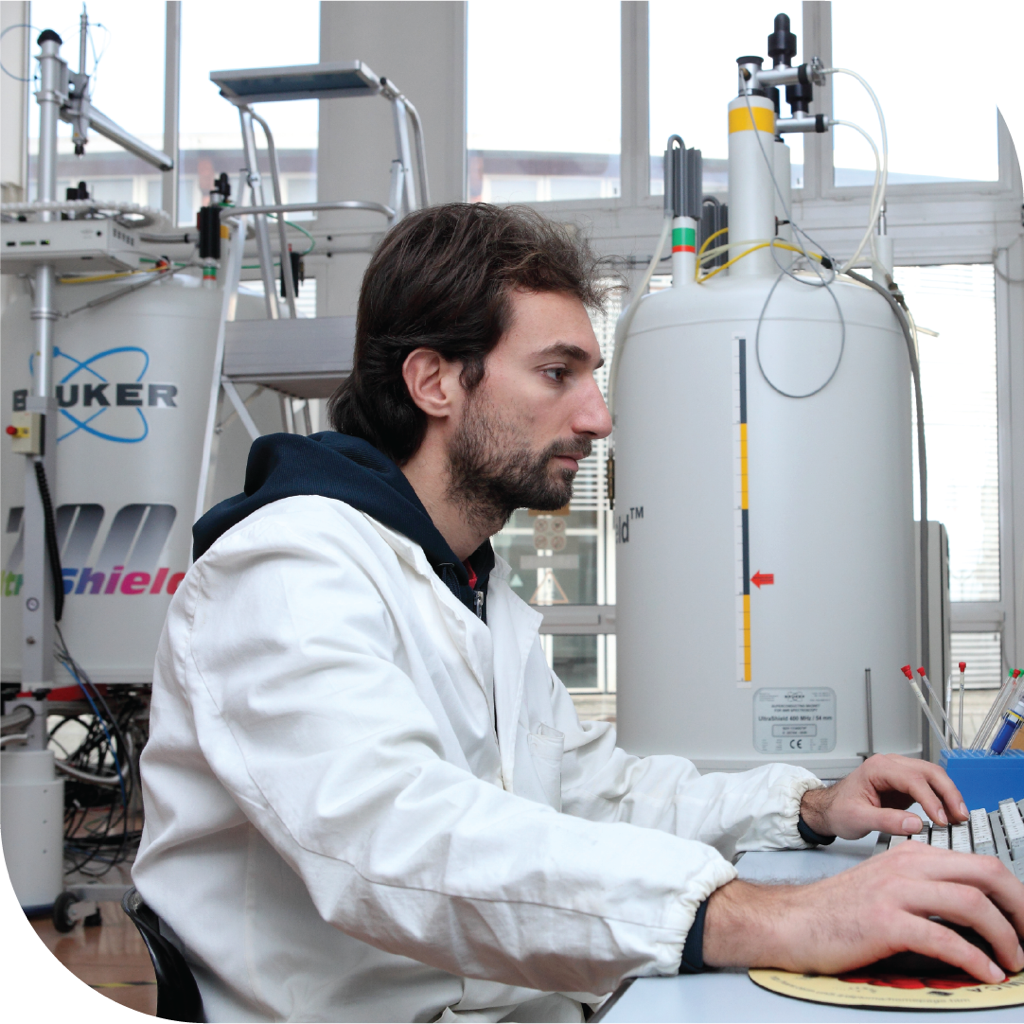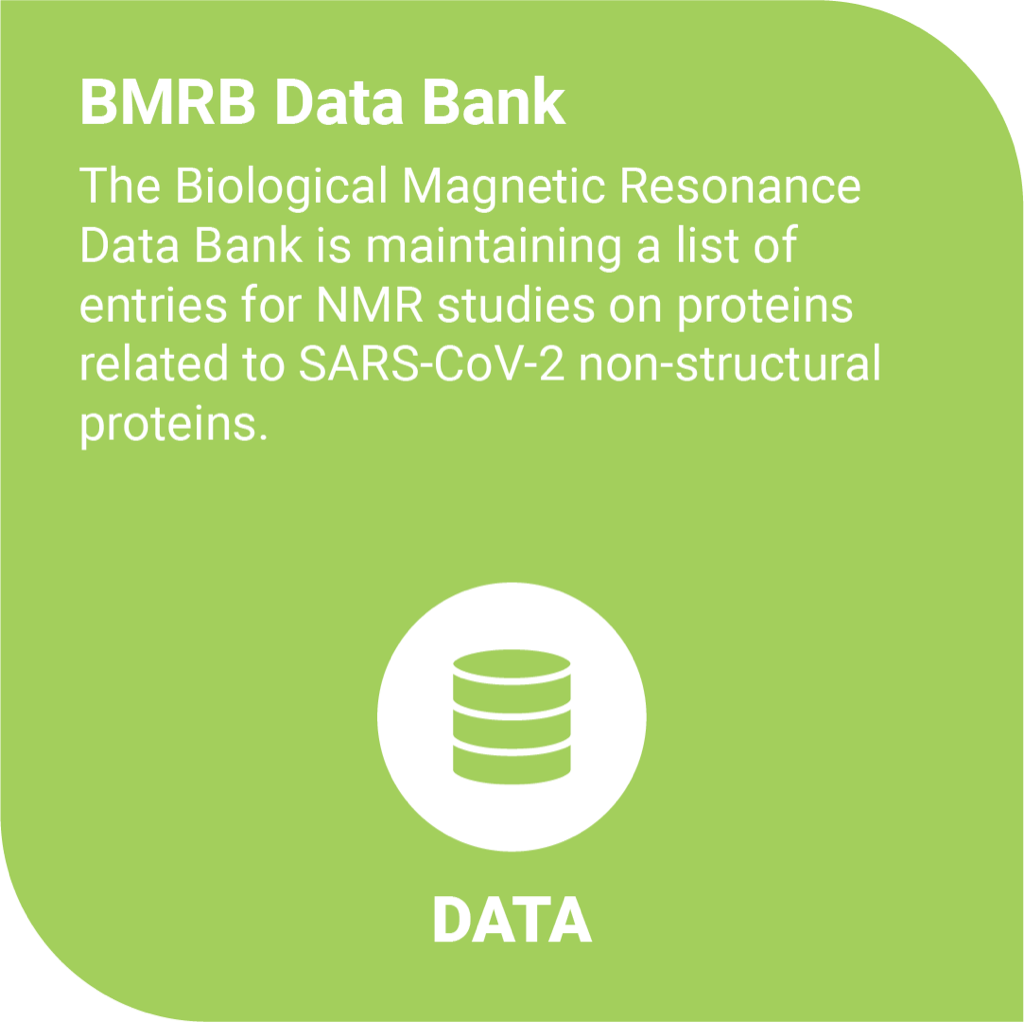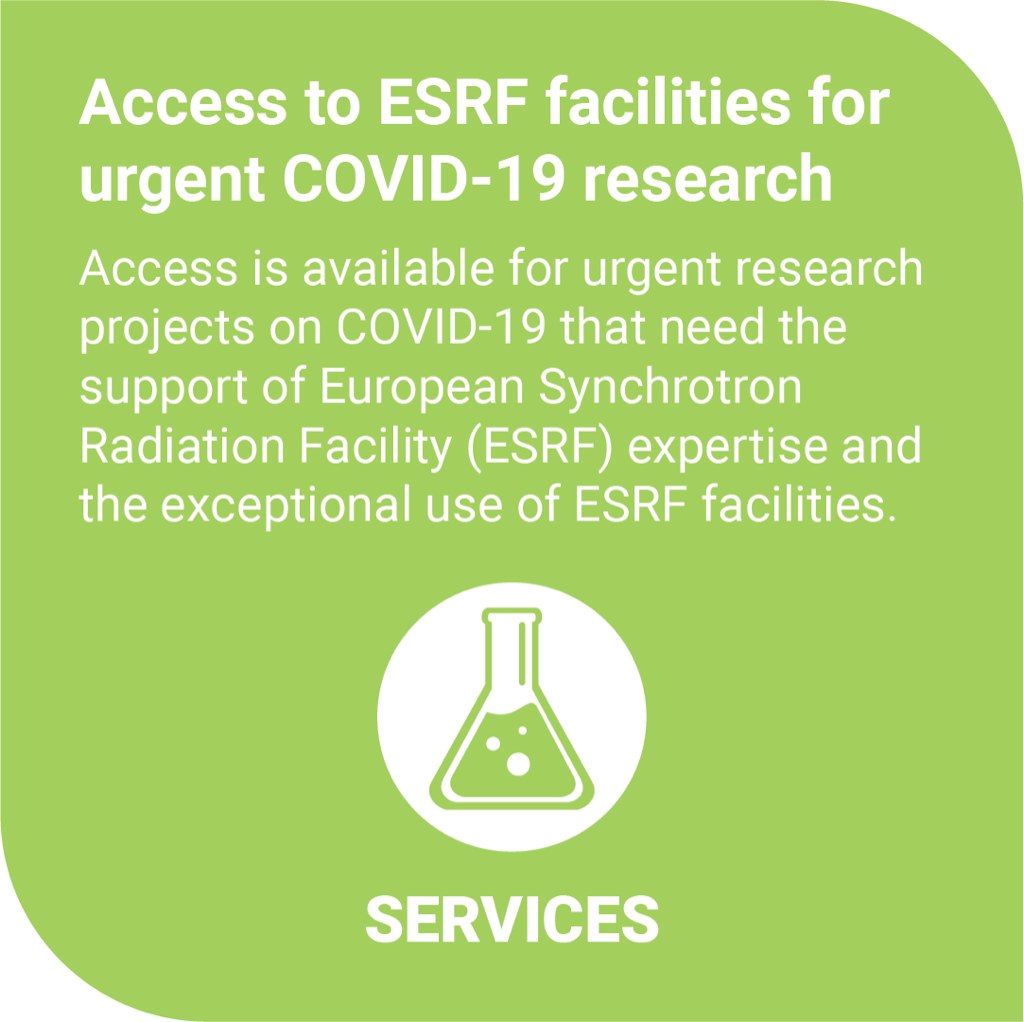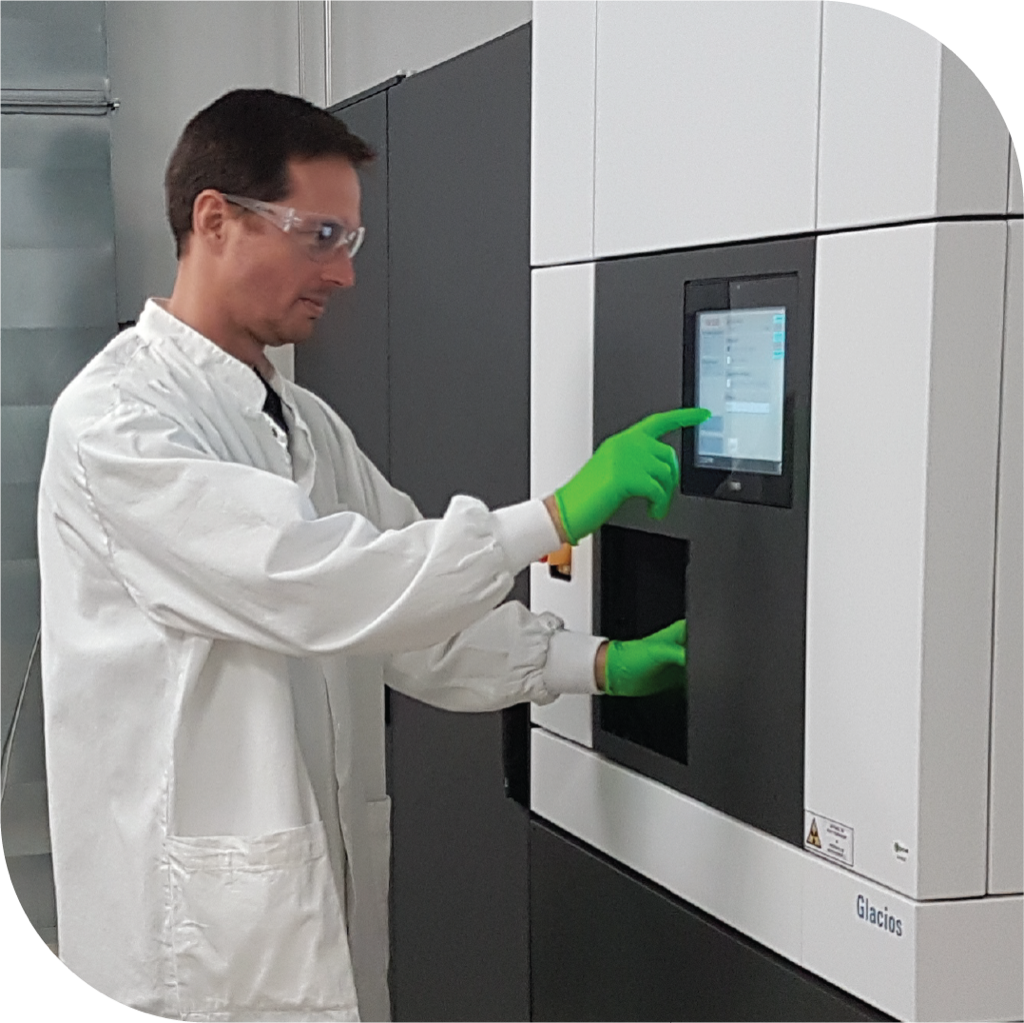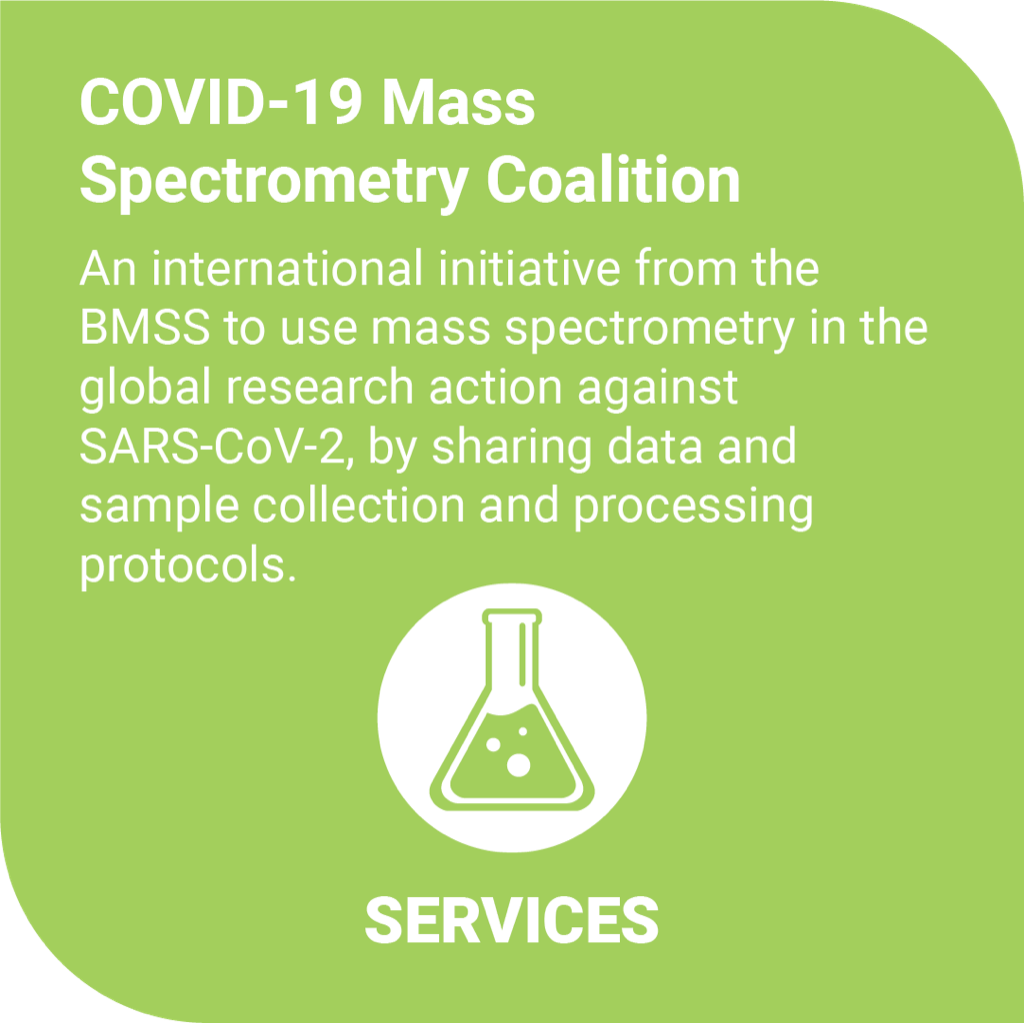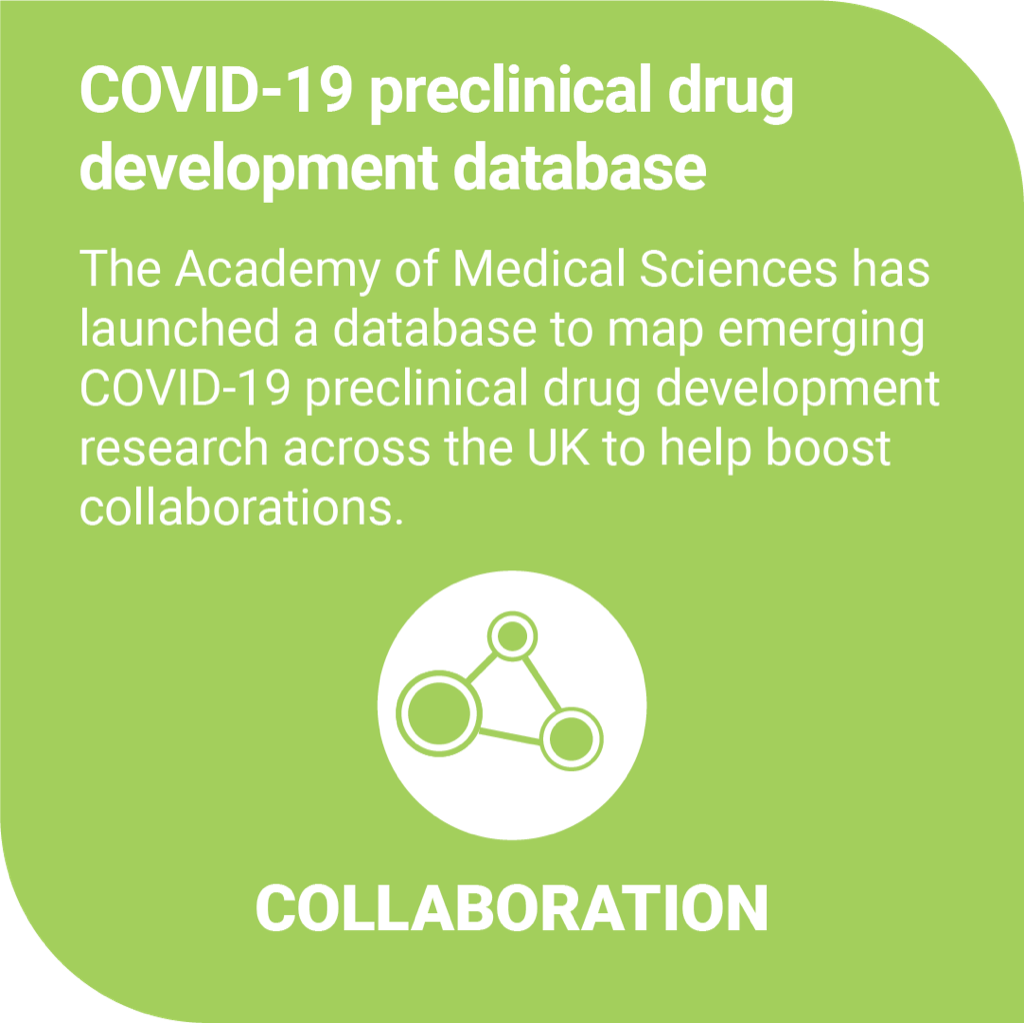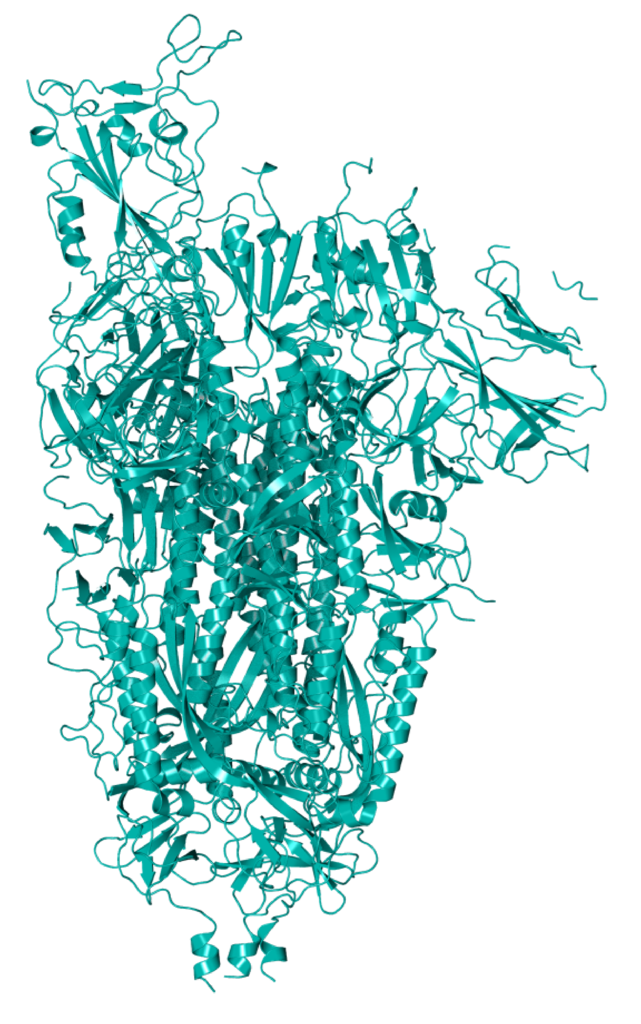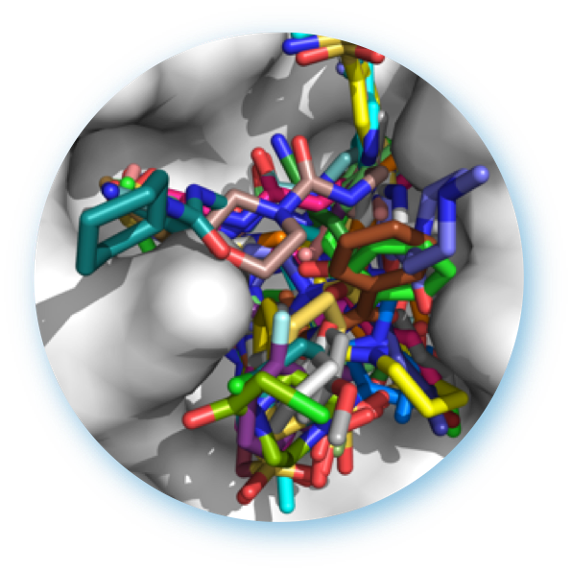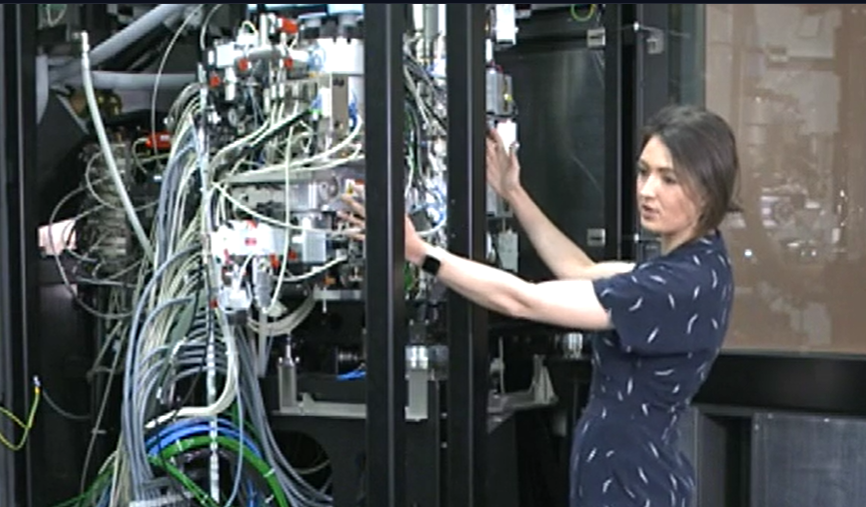Instruct-ERIC Services | Resources from the Community | Flash Reports | Special Features | Instruct in the News
Instruct-ERIC has put together a Resource Centre with tools, information and support from Instruct and the wider scientific community, to assist research relating to SARS-CoV-2 and COVID-19. If you have resources that you would like to share, get in touch at comms@instruct-eric.org.

To apply for funded access to structural biology services specifically chosen to enhance research into infectious diseases including SARS-CoV-2, visit the ISIDORe website. Instruct-ERIC has a huge range of facilities accessible via ISIDORe, find out more here.
Many Instruct-ERIC services are available via remote access, where samples can be sent for analysis without the need for researchers to travel. You can view the Technology Availability List by clicking the button below.
View our Technology Availability List Request access
The table below highlights key technologies from our catalogue that are currently available for priority COVID-19 research.

Cryo-Electron Microscopy
A sophisticated technique to obtain quantitative structural information on the atomic scale. Includes electron crystallography, single particle analysis and electron tomography.

X-ray Techniques
Includes a variety of approaches to determine the 3D shape of biomolecules at the atomic level, including diffraction and Bio-SAXS at European synchrotrons. XChem fragment screening also available.
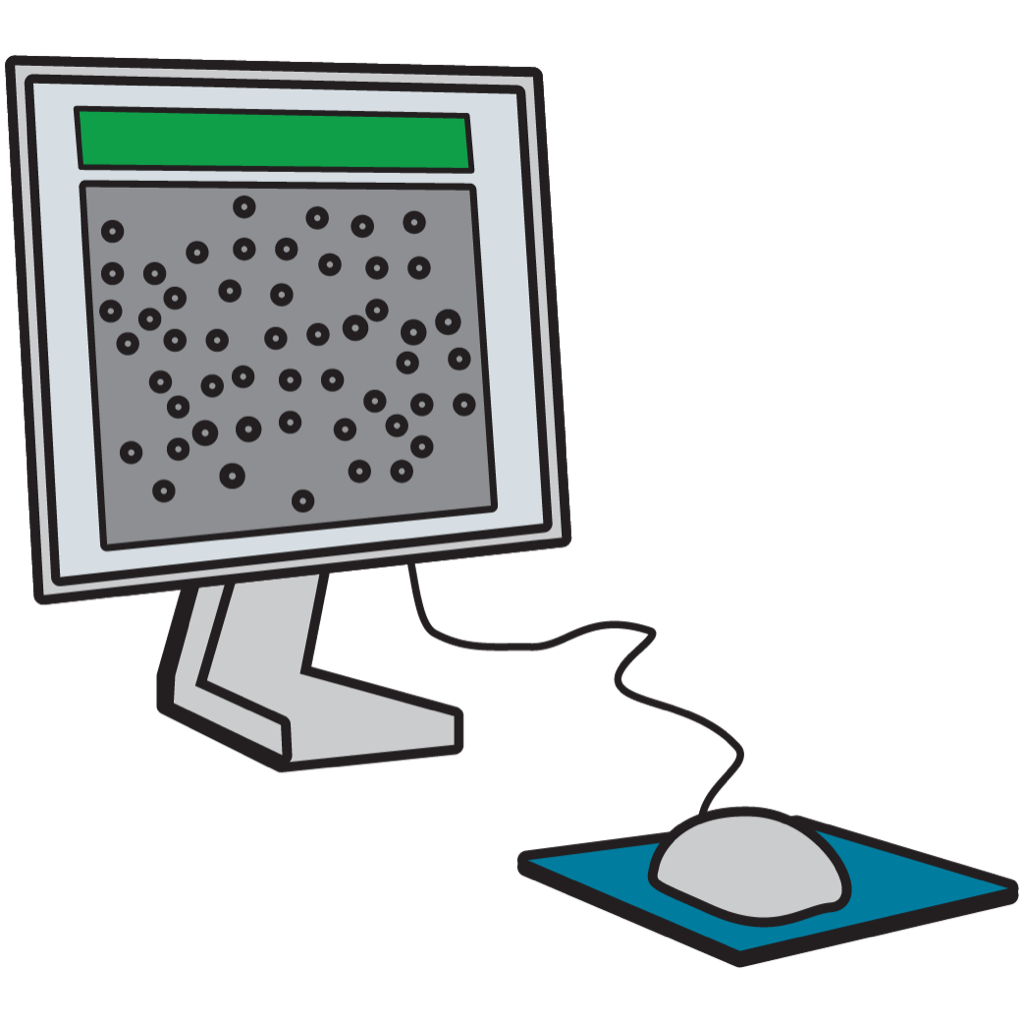
Computational Support
A variety of computing services for bioinformatics, modelling, and image processing for electron microscopy and X-ray crystallography.

Molecular Biophysics
An extensive range of techniques to characterise the structure, function and stability of biological macromolecules, and to obtain kinetic and thermodynamic parameters.

Protein Production
Includes cloning, high throughput expression and purification for the production of challenging proteins.

Magnetic Resonance (NMR)
Used to obtain three-dimensional structural and dynamic information about biomolecules in conditions as close as possible to physiological ones. Solution and solid-state NMR available.

Mass Spectrometry
Used to determine protein identity, abundance, modifications (proteomics), shape and topology (ion mobility), inter-subunit connectivity, and equilibrium dynamics (native MS).

Fragment Screening
A method of identifying small organic molecules (fragments) that bind a biological target (eg protein or nucleic acid). Used to find lead compounds as part of the drug discovery process.
